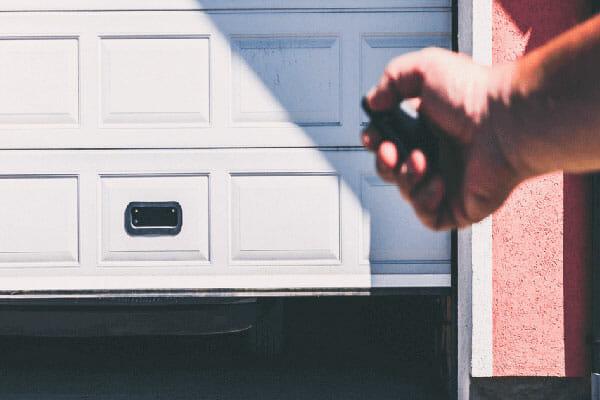Experiencing a power outage is frustrating enough, but when you discover that your garage door opener won’t work after power outage, it adds an extra layer of inconvenience. Don’t worry! In this troubleshooting guide, we’ll walk you through the steps to get your garage door opener up and running again.

Understanding the Impact of Power Outages on Garage Door Openers
Power outages can have an unexpected impact on the functionality of your garage door opener. There are a few reasons why this can happen. First, a sudden loss of power can disrupt the communication between the opener and its control panel. Additionally, power surges that occur during power restoration can damage the opener’s electronic components.
It’s important to note that different types of garage door openers may react differently to power outages. Some models have built-in backup batteries to ensure continued operation during an outage, while others rely solely on the power grid. Understanding your specific opener type will help you diagnose and resolve the issue.
Troubleshooting Steps for a Garage Door Opener That Won’t Work
Step 1: Checking Power Supply
The first step in troubleshooting your non-functional garage door opener is to ensure that it’s receiving power. Start by checking the power outlet connected to the opener. Plug in a different device or use a voltage tester to verify if the outlet is working. If the outlet is dead, check the circuit breaker or fuse box dedicated to the garage door opener. Reset the breaker or replace any blown fuses to restore power.
Step 2: Examining the Garage Door Opener Unit
Inspect the garage door opener unit for any visible signs of damage or loose connections. Check the power cord and make sure it is securely plugged into the opener. Look closely at the control panel for any error codes or indicators that might provide clues about the issue. If you notice any damaged or frayed wires, contact a professional for repair.
Step 3: Battery Check and Replacement
If your garage door opener has a backup battery, it’s crucial to test its functionality. Locate the battery within the opener and follow the manufacturer’s instructions to perform a battery test. If the battery fails the test, replace it with a new one. Make sure to use the correct battery type and follow proper installation procedures.
Step 4: Reprogramming the Garage Door Opener
Sometimes, the communication between the garage door opener and its remotes or keypads can get disrupted after a power outage. In such cases, reprogramming the opener can restore communication. Refer to your opener’s user manual for specific instructions on reprogramming. Typically, it involves adjusting frequencies, resetting codes, and synchronizing the opener with remotes and keypads.
Step 5: Seeking Professional Assistance
If all the previous steps fail to resolve the issue, it may be time to seek professional help. A non-functional garage door opener could indicate a more complex problem that requires specialized knowledge and tools. Look for a reputable garage door opener repair service in your area. Read reviews, ask for recommendations, and ensure that the service provider is experienced in handling your specific opener brand.
Frequently Asked Questions (FAQs)
Q: What causes a garage door opener to stop working after a power outage? A: Power outages can disrupt the communication between the opener and its control panel, or power surges during restoration may damage electronic components.
Q: Can power surges during an outage damage the garage door opener? A: Yes, power surges can potentially damage the electronic components of a garage door opener.
Q: How do I check if the power outlet is working? A: Plug in a different device or use a voltage tester to verify if the power outlet connected to the garage door opener is functioning.
Q: What should I do if the circuit breaker trips or a fuse blows? A: Reset the circuit breaker or replace the blown fuse dedicated to the garage door opener to restore power.
Q: How can I determine if the garage door opener unit is damaged? A: Inspect the opener for visible signs of damage or loose connections. Check the power cord and examine the control panel for error codes or indicators.
Q: Is there a way to reset the garage door opener? A: Yes, refer to your opener’s user manual for specific instructions on how to reset the unit.
Q: How do I test the backup battery in the garage door opener? A: Locate the backup battery within the opener and follow the manufacturer’s instructions for testing. Replace the battery if it fails the test.
Q: Can I replace the battery myself, or should I hire a professional? A: You can replace the battery yourself by following the manufacturer’s instructions. Ensure proper battery type and installation procedures.
Q: What are the steps to reprogram the garage door opener? A: Refer to your opener’s user manual for detailed instructions on reprogramming, including frequency adjustments, code resets, and synchronization with remotes and keypads.
Q: When should I seek professional help for a non-functional garage door opener? A: If all troubleshooting steps fail to resolve the issue, it’s advisable to contact a professional garage door opener repair service.
Remember, with a systematic approach and these troubleshooting steps, you’ll be well on your way to restoring the functionality of your garage door opener after a power outage.



Leave a Reply